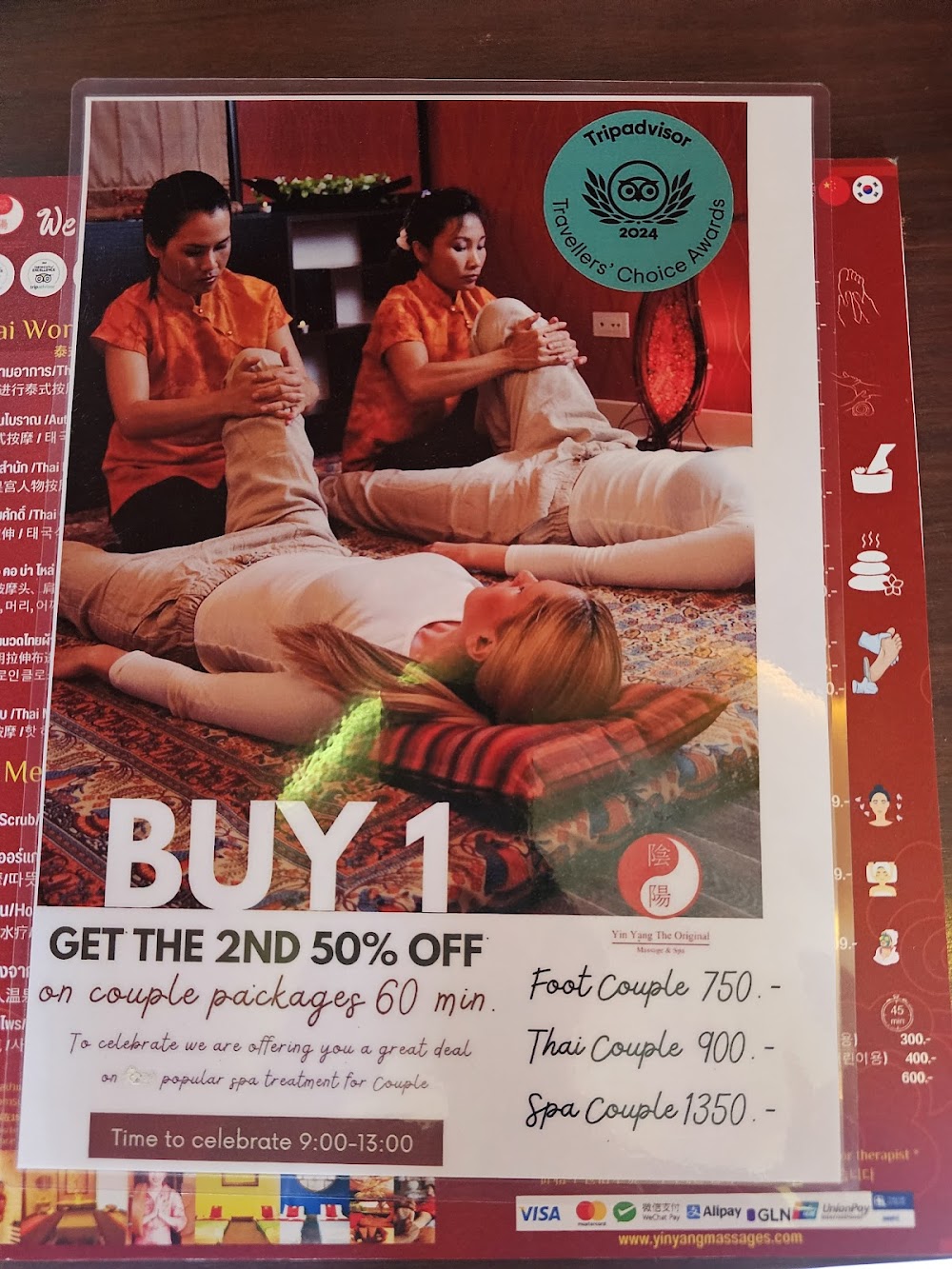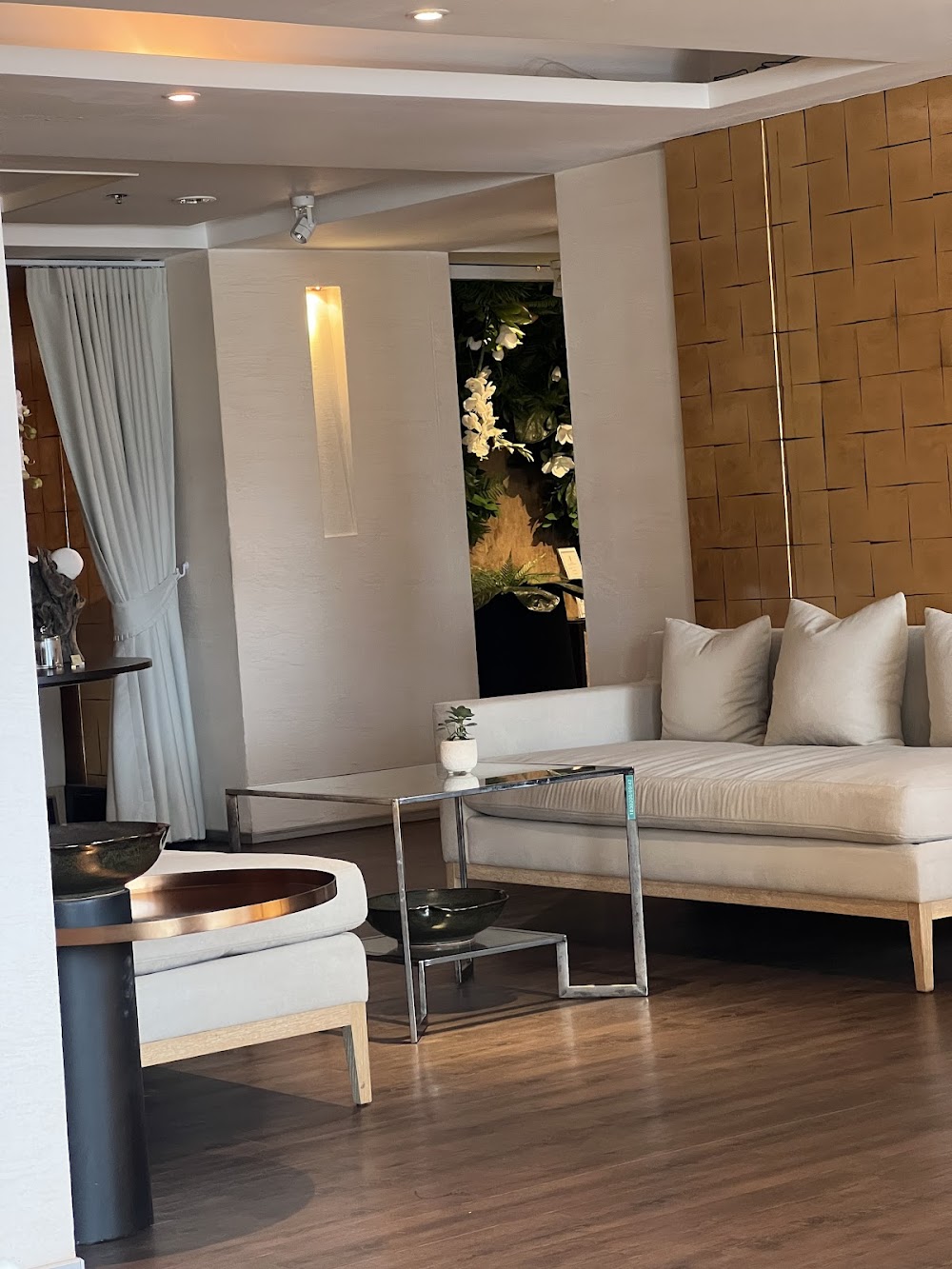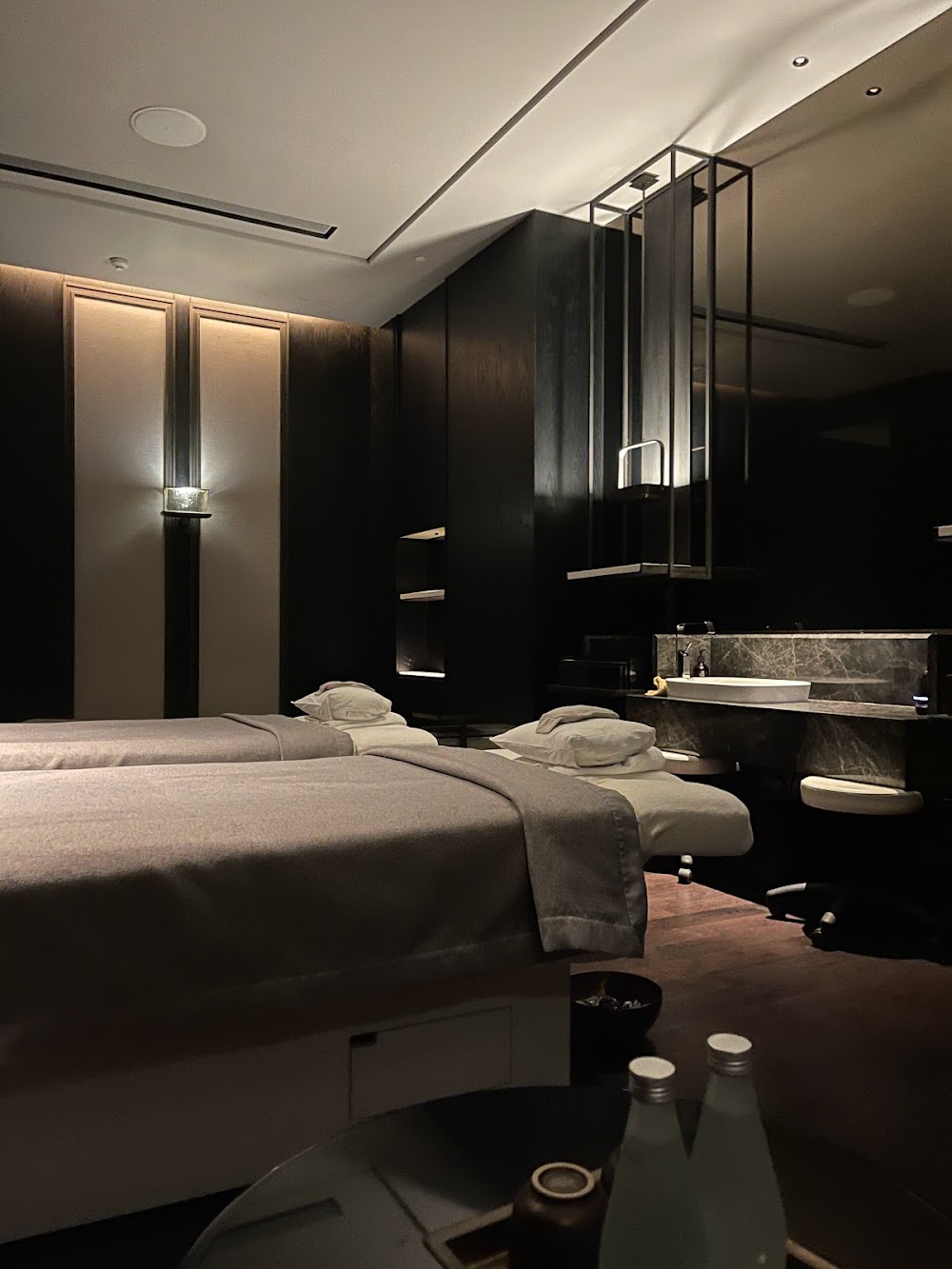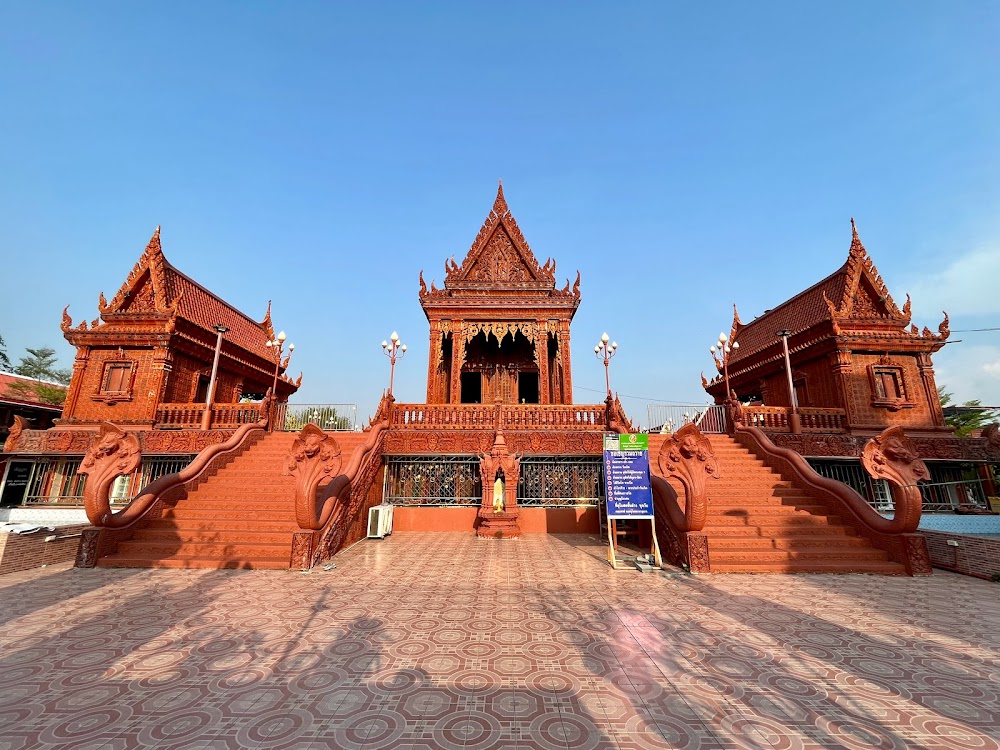Bangkok Protestant Cemetery is a historic burial site located in Bang Kho Laem, Thailand. The cemetery is known for its rich history and serene environment, serving as a resting place for many prominent individuals who shaped the region’s culture. Visitors can explore its well-maintained graves and learn about the notable figures interred here, all while enjoying the peaceful surroundings.
Bangkok Protestant Cemetery, located at Soi Charoen Krung 72/5 in the Wat Phraya Krai area of Bang Kho Laem, is a significant historical site in Thailand. Established during the 19th century, this cemetery serves as the final resting place for many individuals who played vital roles in the development of Bangkok and the surrounding regions. The cemetery’s serene atmosphere offers visitors a chance to reflect on the stories and legacies of those interred here.
Walking through the lush grounds, visitors can appreciate the intricate designs of the tombstones and the artistry that reflects different eras of burial practices. The cemetery is well-maintained, showcasing the importance of preserving history and honoring those who contributed to the cultural fabric of Thailand. Among the notable graves are many expatriates and missionaries who influenced education, healthcare, and religious practices in the area.
The tranquility of Bangkok Protestant Cemetery makes it an inviting space for contemplation. Visitors often find themselves lost in thought as they wander through the avenues lined with age-old trees, offering a temporary escape from the city’s hustle and bustle. The cemetery is not just a burial ground; it is also a testament to the rich cultural exchange that has occurred throughout Bangkok’s history, where local and foreign influences combine to create a unique narrative.
For those interested in exploring Bangkok’s historical landmarks, Bangkok Protestant Cemetery should be an essential stop. It provides a glimpse into the past and honors the lives of individuals who once called this vibrant city home. This site serves as an educational resource for understanding the multicultural heritage of Bangkok, illustrating how diverse communities have contributed to the city’s identity.
Whether you are a history enthusiast, a traveler seeking hidden gems, or simply looking for a peaceful place to reflect, Bangkok Protestant Cemetery offers a unique experience that intertwines history, culture, and tranquility in the heart of Thailand.
สุสานโปรเตสแตนต์กรุงเทพ (กรุงเทพมหานคร (กทม.), ไทย) - รีวิว - ThailandAgoda.com
Attractions
6 miles
0.00 miles

0.04 miles
0.05 miles
0.05 miles

0.06 miles

0.07 miles
0.08 miles

0.10 miles

0.11 miles

0.16 miles
Bangkok Protestant Cemetery is perched on a picturesque hilltop overlooking Soi Charoen Krung 72/5 Wat Phraya Krai, Bang Kho Laem, 10120, Thailand
At the writing of this review, the accompanying Google Map was wrong. The cemetery is on the banks of the Chao Phraya River between Asiatique and the Ramada Riverside Hotel right off Charoenkrung Road at Soi 72/5. It is not anywhere near Siam BTS Station. More comments on location after the main body of the review.Why visit?The cemetery was established pursuant to a Royal Decree in 1861 and is still actively used. There is a lot of history here Admittedly fragmentary and incomplete but enough to give you a sense of foreign life in old Siam.Who were these people? What brought them here? What work did they do?Some worked for the Siamese Government, e.g. the Bushes, Alabaster. Some were missionaries, seamen, businessmen. Locals who were Christians. Sometimes the headstones tell a story. John Bush worked for Kings Rama IV and V for over 40 years. King Rama V (Chulalongkorn)’s gratitude is expressed on the headstone. Similar stories appear on Henry Alabaster, George Bush, and VO Wanstrom headstones Or contain intriguing bits “Died Suddenly at Sea”. Or “Killed by an Electric Shock”.Then there are those that hint at tragedies and the grief of parents. A grave stone with the name “Little Hattie”. Danish, German, British, Thai, and Chinese names.If you look you can find General The Honourable WIlliam Feilding a hero of the Crimean War who died of cholera while transiting Bangkok. Or Eliza Grew Jones who developed a Roman script for transliterating Thai. The cemetery has a website which provides a list of those interred and the location of their graves. Some historical data is provided for a few of them.Location: the cemetery is at Charoenkrung Road Soi 72/5 adjacent to the Meenam Condominium (the tallest building in the neighborhood) and the old Thai Tobacco Factory. There is a TMB branch at the “mouth” of Soi 72/5. Across the street is a PTT gas station. If you come from Asiatique, take a left when you exit onto Charoenkrung Road, stay on the same side of the street. When you pass the pedestrian overpass, you’re almost there. After the old Thai Tobacco Factory, you’ll see a white wall. Turn left again at the next street where you see the TMB Branch. If you’re coming from the direction of the Ramada turn right onto Charoenkrung Road. Walk past the entrance to the Ramada (Soi 72/4). When you reach the TMB Branch, turn right. It’s a short walk down the Soi.On Google Maps, searching for Bangkok Protestant Cemetery will show the right location but the street address is wrong. A word on Soi numbering. According to the system, all even numbers are on one side of the street and all odd numbers on the other side. The numbering doesn’t necessarily match up. It’s Soi 72/5 on the side closest to the ChaoPhraya and Soi 85 on the other side of the street. What does Soi 72/5 mean? It means there are six sois that have 72 as their main number, Soi 72, Soi 72/1 …. Soi 72/5.
Located on the riverside on Charoenkrung Road . it is the final resting place of many foreigners who made Bangkok their home over the last 200 years including some of the founders of the old foreign trading houses and people who worked for the Siamese government .Interesting to have a look for 30 minutes .
I made my first visit to the Protestant cemetery recently even though I have lived in Bangkok for 25 years. I had read that the cemetery has been renovated and I was pleased to say that considerable care has been made to preserve the gravestones. It is fascinating to see the graves of people like Captain John Bush, the kings harbour master for 40 years; Dr Daniel Beach Bradley who introduced modern medicine, and the printing press, to Thailand; and Henry Alabaster, the engineer who built Charoen Krung Road. I suggest a visit in the dry season, or at least NOT after a period of heavy rain as walking amongst the stones can be a wet experience. But there is a nice concrete path through the cemetery to the river if you just want to stay dry.I combined the visit with a walk along Charoen Krung from Sathorn to the Thanon Tok (6.6 km). This was Bangkok’s first road, built by Henry Alabaster after a petition to the king in 1861 from foreign settlers. Some of the very early buildings can be seen on this part of the road which is a road less travelled that the rest of it. The famous road ends in a cul de sac and an alleyway onto the pier. It is a quite area with just a few locals going about their daily work.Also on the route is the magnificent temple, Wat Sutthi Wararam, dating from the Ayutthaya period but restored during the Fifth Reign, the ubosot built high since this area was a flood plain.
Like Japan with its mid 19th Century Meiji Restoration the absolute rulers of Siam, in the same period, looked to the British Imperialists to modernise their country. Not all readers of Trip Advisor reviews are completely ignorant of the history of the countries that they propose to be tourists in so the irony of a country which prides itself on avoiding being absorbed by either the eastward expansion of the British Empire from Burma or the westward expansion from Indo-China of the French Empire using the much more powerful of these empires to modernise itself might not totally escape them. In this little cemetery are memorials, the larger of which were provided by the grateful Siamese monarchs themselves, to the farangs at their courts who built the infrastructure, the military, the law courts and the Civil Service. Up until the last year there was a small Jewish cemetery inside this Protestant Cemetery but now they have a wall that separates them. The British Embassy claims to maintain the cemetery but they don’t do a very good job. Perhaps it’s due to Mrs May’s austerity programme as a result of her friends’ 2008 banking crisis. Sic transit gloriam Britannicus.
A cemetery may not seem an obvious recommendation for an outing but this place is full of history from young seafarers who never made it back home to long-stay expats involved with the development of Siam in decades/centuries past and well known enough to have an entry in Wikipedia. A walk around the well-kept grounds, reading the stories on the headstones, makes for an interesting visit leading to discussion about what more may lie behind the brief inscriptions.Although nominally a Protestant cemetery, we observed a reference to the Virgin Mary, so assumed that Catholics are interred here also. There are certainly Jewish interments as the Shield of David is present on several tombstones.The cemetery is located on river frontage between a multistorey condominium on one side and a derelict building on the other. It looks like an area of prime river frontage for development, so it would be good to see the profile of the Bangkok Protestant Cemetery raised to ensure its survival into the future. I recommend a visit for a bit of history of foreign involvement with Thailand and out of respect for those who found their last resting place here.
Interesting. People we never knew come to life in their images on their tombstones. What happened to them? Why so young? Struck by a car in Saigon! And returned to a last resting place here. Thailand’s population is mainly Buddhist; Buddhists cremate their dead. Here lie the bones of deceased Protestants whose lives ended here or hereabouts. Their stories live on! A visitor can identify with these travellers to a foreign land.